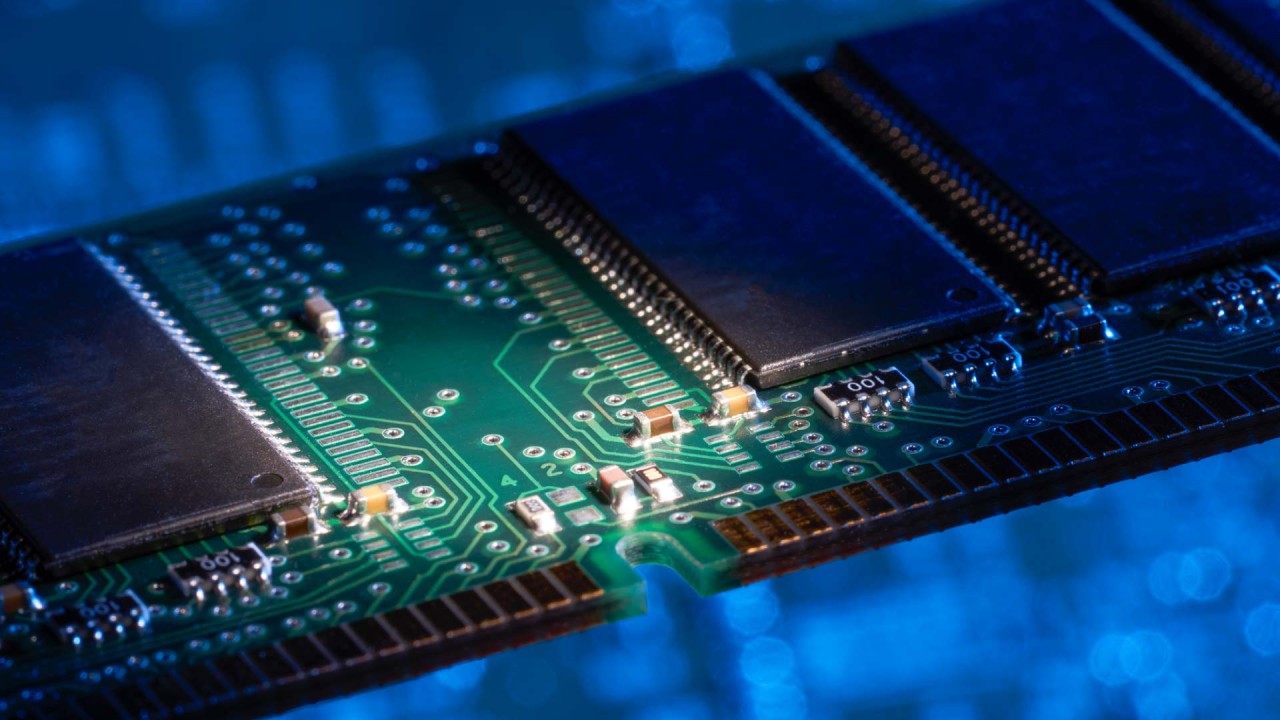
Nvidia’s SOCAMM: A Revolution in Memory Technology for AI
Introduction
Nvidia, in partnership with memory giants SK hynix, Micron, and Samsung, has embarked on a groundbreaking initiative to develop a novel memory standard: the System On Chip Advanced Memory Module (SOCAMM). This innovative technology promises significant advancements over existing memory solutions, unlocking unprecedented capabilities for artificial intelligence (AI) applications.
Key Features of SOCAMM
SOCAMM boasts several compelling advantages that set it apart from traditional DRAM and LPCAMM memory:
- Compact Design: SOCAMM modules are significantly smaller than traditional memory modules, enabling compact and space-efficient system designs.
- High Performance: SOCAMM offers exceptional performance, with significantly reduced latency and increased throughput compared to existing solutions.
- High Capacity: SOCAMM modules support higher memory capacities, catering to the demanding requirements of AI models and large datasets.
- Modular Architecture: SOCAMM’s modular design allows for flexible configurations, enabling tailored solutions for specific application needs.
- Advanced I/O Connectivity: SOCAMM incorporates advanced I/O connectivity options, such as HBM3 and GDDR7, ensuring seamless data transfer.
Benefits for AI
SOCAMM’s unique features align perfectly with the demanding requirements of AI applications:
- Massive Memory Requirements: AI models require vast amounts of memory for training and inference. SOCAMM’s high capacity addresses this need, empowering AI systems with the necessary resources.
- High I/O Connectivity: Efficient data transfer is crucial for AI performance. SOCAMM’s advanced I/O connectivity ensures rapid data movement between memory and processing units.
- Modular Design: AI applications vary widely in their memory requirements. SOCAMM’s modular architecture enables customized configurations, optimizing performance for specific workloads.
- Compact Form Factor: Space constraints are often a challenge in AI systems. SOCAMM’s compact design allows for smaller, more portable devices.
Nvidia’s Ambitions
Nvidia’s development of SOCAMM underscores its ambitious vision for AI. The company believes that this new memory standard will play a pivotal role in bringing AI to the mainstream.
- Project Digits AI Computers: SOCAMM is expected to be featured in future versions of Nvidia’s AI computers from Project Digits. These systems aim to democratize AI by making it accessible to a broader range of users.
- Custom AI Memory Architectures: Nvidia’s decision to develop SOCAMM outside of the JEDEC standards organization suggests its desire to shape AI memory architectures independently. This move aligns with its long-term strategy to optimize memory solutions for the specific needs of AI.
Conclusion
SOCAMM represents a transformative advancement in memory technology, tailored specifically for the demanding requirements of AI applications. Its compact size, high performance, high capacity, modular design, and advanced I/O connectivity make it an ideal solution for powering AI systems of the future. As Nvidia continues to develop SOCAMM and integrate it into its AI products, we can expect to see significant advances in the field of artificial intelligence.
